Making homemade pizza dough from scratch is easier than most people think. With the right ingredients, techniques, and a few professional secrets, you can create a crust that’s crisp on the outside, chewy on the inside, and bursting with authentic flavor. This guide covers everything: the science of flour and yeast, step-by-step instructions, variations, and troubleshooting tips that go beyond the basics.
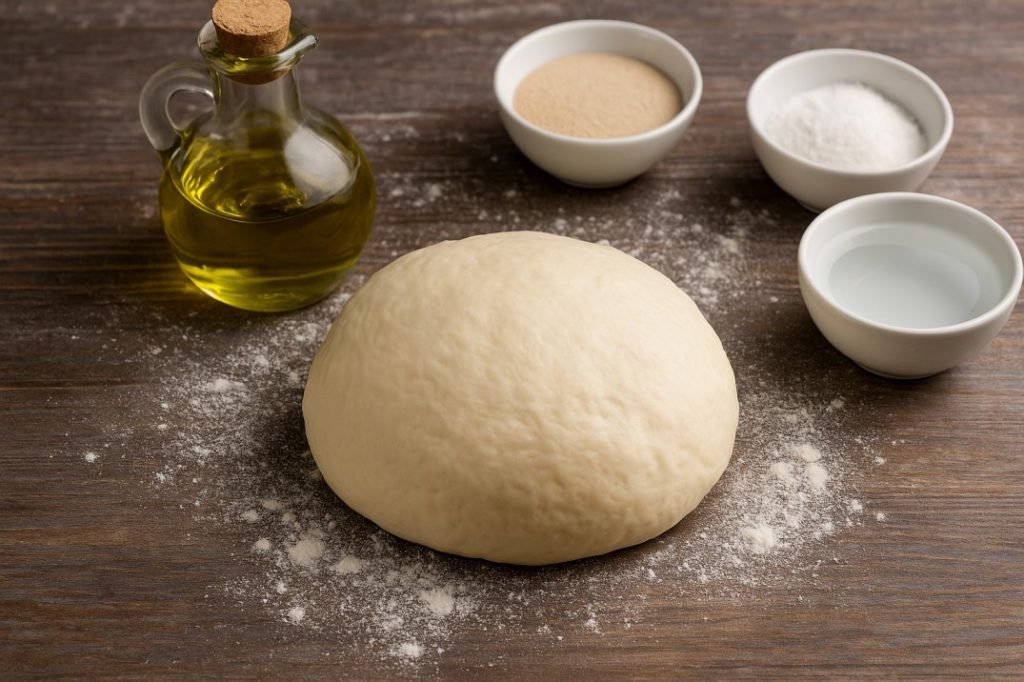
Why Make Pizza Dough at Home?
- Flavor control – freshly made dough develops complex flavors you can’t buy.
- Customization – make thin, thick, crispy, or chewy crusts.
- Healthier options – choose organic flour, whole wheat, or gluten-free.
- Cost effective – homemade pizza costs a fraction of takeout.
Ingredients & Tools You’ll Need
Essential Ingredients
- 3 ½ cups bread flour (or all-purpose flour for softer crust)
- 1 packet (2 ¼ tsp) instant yeast or active dry yeast
- 1 ¼ cups warm water (105–110°F / 40–45°C)
- 2 tbsp olive oil
- 1 tsp sugar or honey (optional, helps yeast activate)
- 1 ½ tsp salt
Useful Tools
- Stand mixer with dough hook (optional, kneading by hand works too)
- Mixing bowl + measuring cups
- Dough scraper or spatula
- Proofing container or lightly oiled bowl
- Baking stone or steel for a crispy crust
- Pizza peel
Step-by-Step Homemade Pizza Dough Recipe
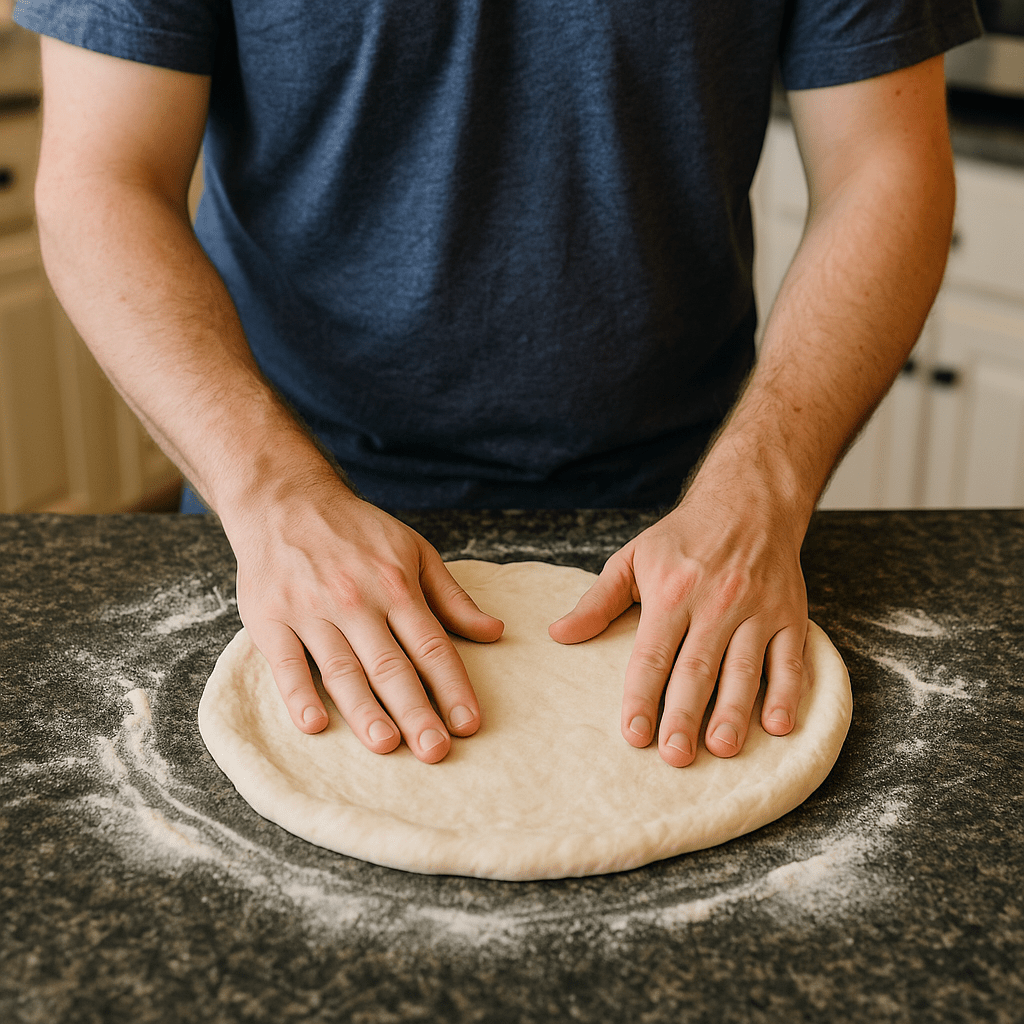
1. Activate the Yeast
If using active dry yeast, mix it with warm water and sugar. Let it sit for 5–10 minutes until foamy.
Instant yeast can be added directly to flour.
2. Mix the Dough
In a large bowl, combine flour and salt. Add yeast mixture (or instant yeast + water), then olive oil. Stir until a shaggy dough forms.
3. Knead
Knead on a floured surface for 8–10 minutes, or 6–7 minutes with a mixer, until smooth and elastic.
4. First Rise
Place dough in an oiled bowl, cover with a damp cloth, and let rise in a warm place until doubled (1–2 hours).
5. Punch Down & Shape
Punch the dough to release air. Divide into portions depending on pizza size. Roll or hand-stretch gently.
6. Rest & Second Rise
Let shaped dough rest for 15–20 minutes to relax gluten before topping.
7. Bake
Preheat oven to 475–500°F (245–260°C) with a stone or steel inside. Bake topped pizza for 7–10 minutes until golden and bubbly.
Variations of Homemade Pizza Dough
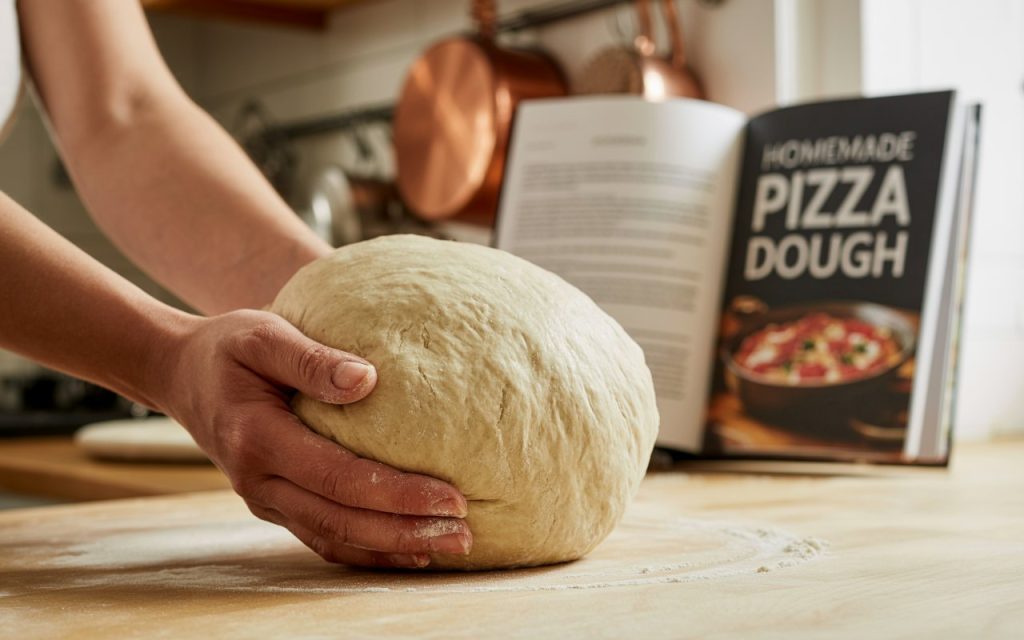
Cold Fermentation (Overnight Dough)
- Refrigerate dough for 24–72 hours.
- Results in richer, complex flavor with airy crust.
Gluten-Free Dough
- Use gluten-free all-purpose flour blend.
- Add xanthan gum if not included in blend.
No-Yeast Dough
- Use baking powder + yogurt for quick dough.
- Great for last-minute pizza nights.
Whole Wheat Dough
- Replace 50% of flour with whole wheat for nutty flavor.
- Add 1–2 tbsp extra water for hydration.
Tips for Perfect Pizza Dough
- Hydration matters: wetter dough = lighter crust.
- Don’t over-knead: too much kneading makes crust tough.
- High heat = better pizza: always preheat oven at max.
- Use bread flour or 00 flour for chewy, pizzeria-style crust.
- Oil the crust edges for golden brown finish.
Common Mistakes to Avoid
- Using cold water – yeast won’t activate.
- Not letting dough rise long enough – results in dense crust.
- Too much flour when kneading – dries out dough.
- Under-preheated oven – soggy base.
- Stretching too aggressively – dough tears easily.
Troubleshooting FAQ
Q: Can I freeze pizza dough?
Yes. Wrap portions in plastic wrap, then freeze. Thaw in fridge overnight before use.
Q: How long can I keep dough in the fridge?
Up to 3 days if tightly covered. Longer fermentation = deeper flavor.
Q: Why is my dough sticky?
It may be under-kneaded or need a bit more flour. Handle with floured hands.
Q: What’s the best flour for homemade pizza dough?
Bread flour (12–13% protein) or Italian “00” flour for thin, chewy crusts.
Baking Tips for Crispy, Chewy Crust
- Use a pizza stone or steel for restaurant-style crust.
- Bake at the highest possible oven temperature.
- Preheat at least 30 minutes before baking.
- For extra crispiness, par-bake crust for 2–3 minutes before adding toppings.
Nutrition (per slice, 8 slices)
- Calories: ~180
- Protein: 6g
- Carbs: 32g
- Fat: 3g
Conclusion
Making homemade pizza dough is part art, part science—and always worth it. With the right flour, yeast, and technique, you can achieve a crust that rivals the best pizzerias. Whether you prefer chewy Neapolitan-style, hearty whole wheat, or a quick no-yeast version, this guide gives you everything you need to bake pizza perfection at home.

a third-generation pizza enthusiast and food blogger at Pizzetteria Brunetti. Growing up in a family-owned pizzeria in New York, he learned the art of dough-making from his Italian grandfather. With over 15 years of hands-on kitchen experience, John shares authentic recipes, baking science, and pro tips to help home cooks master restaurant-quality pizza at home. When he’s not testing new recipes, you’ll find him exploring local food markets or teaching cooking classes.






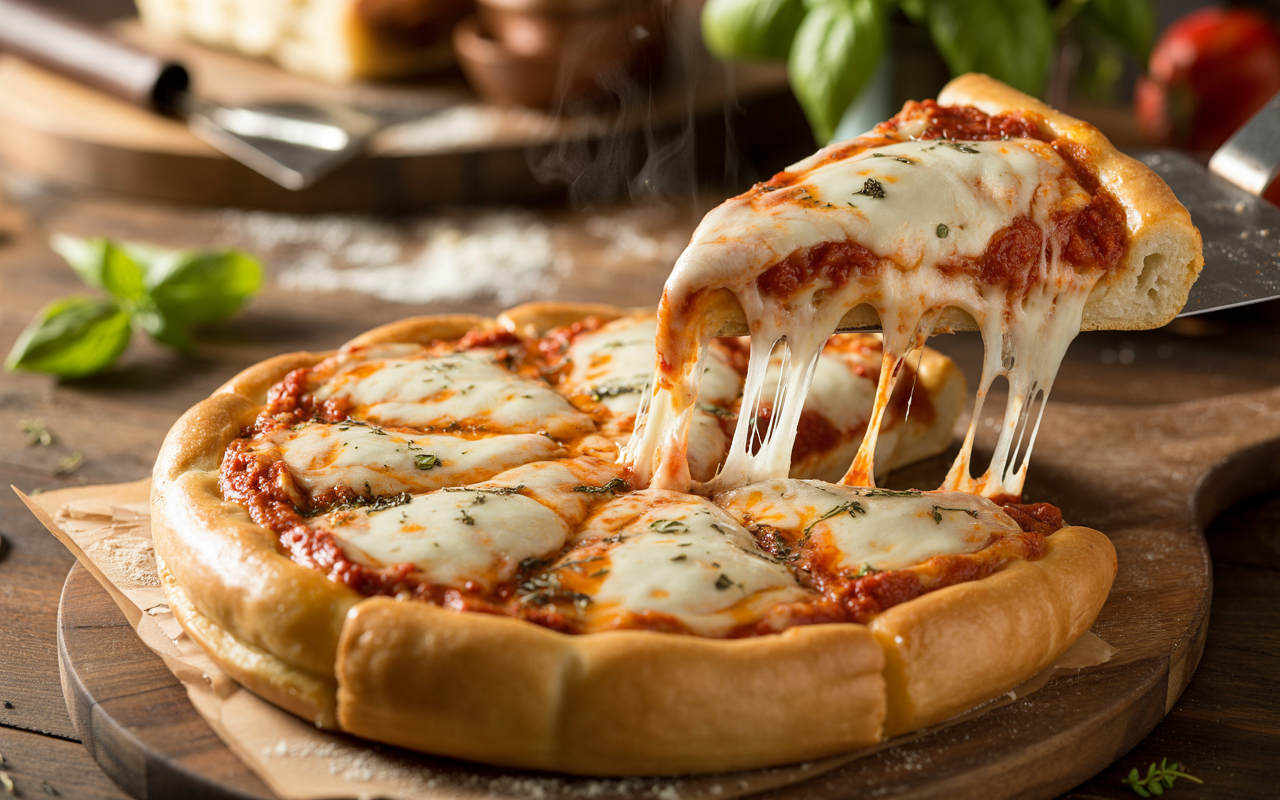
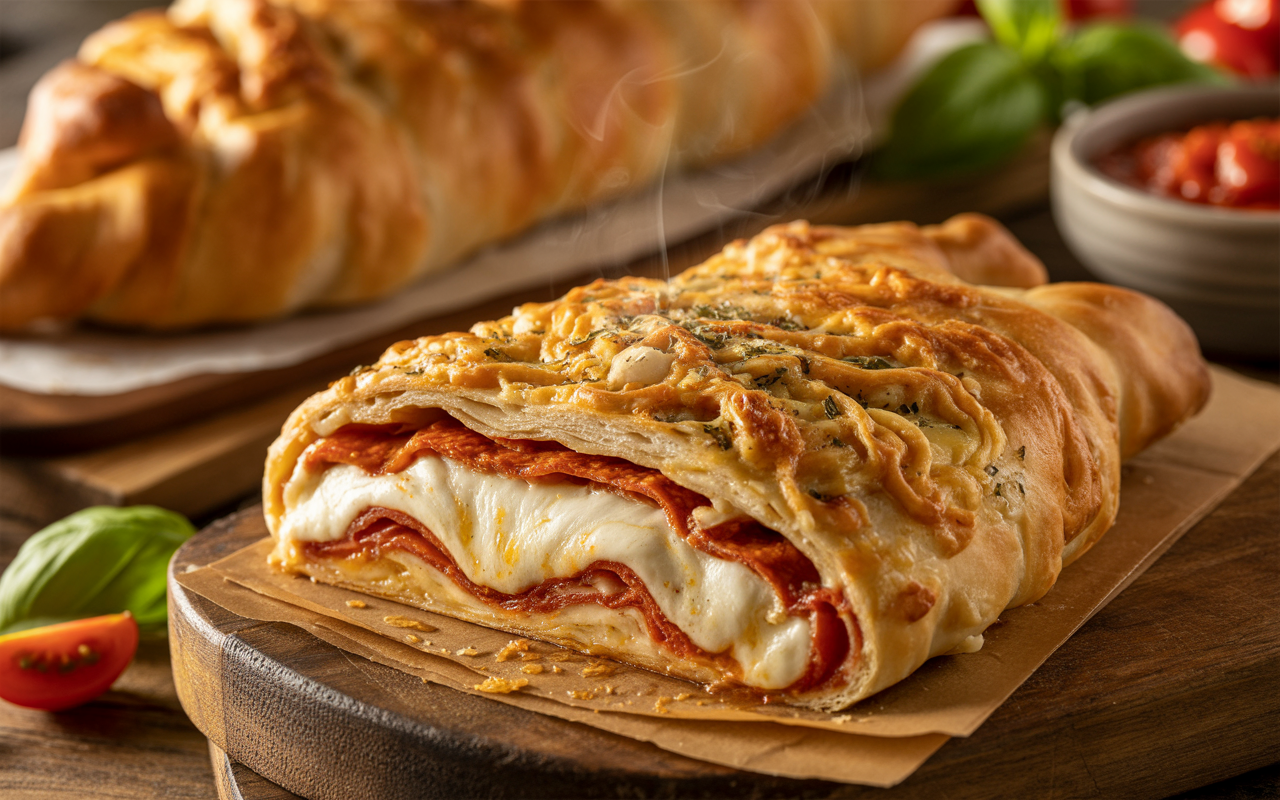
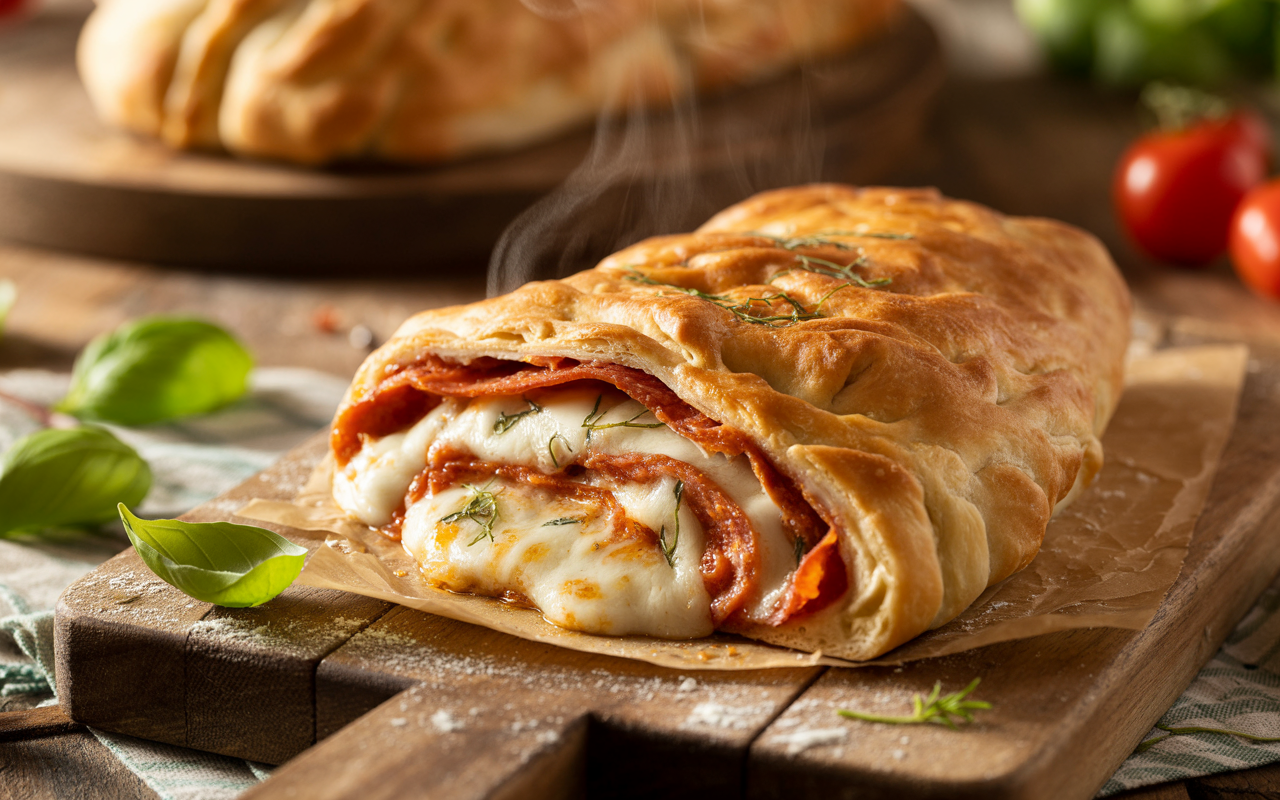
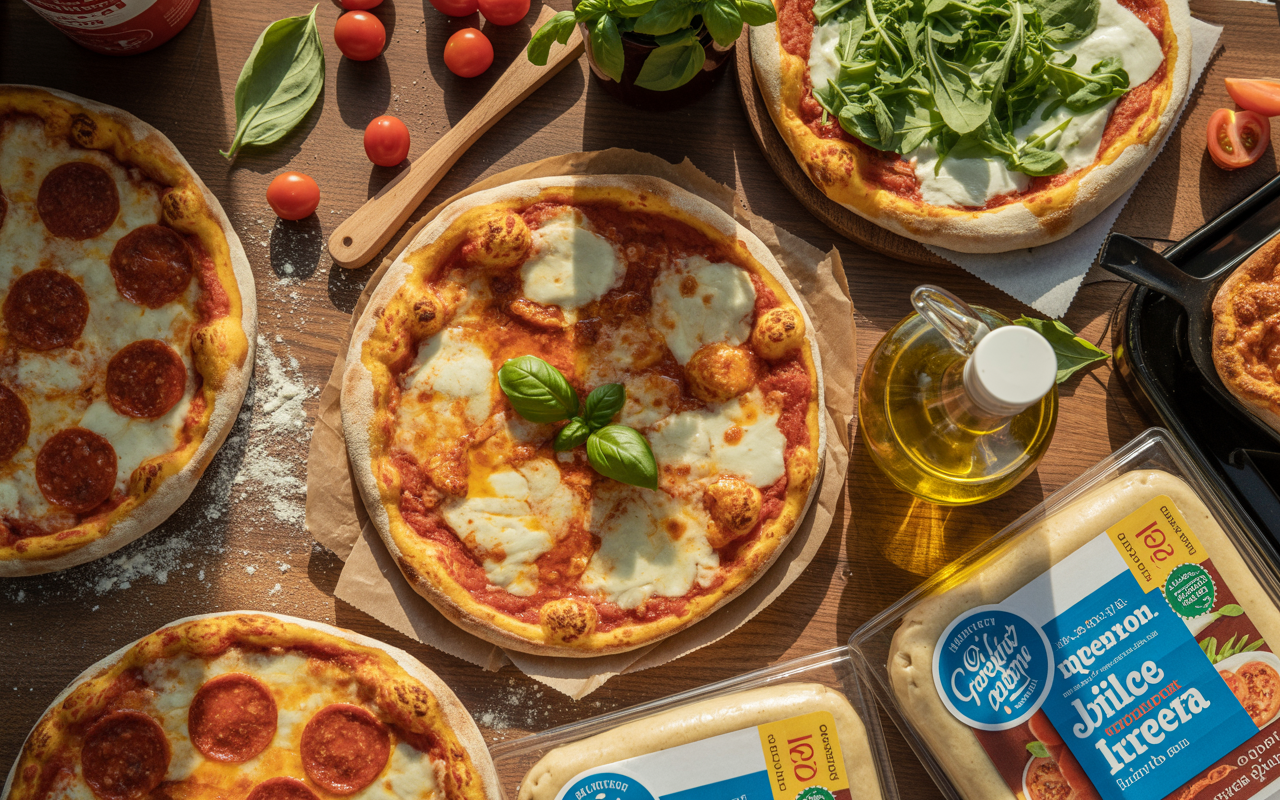
Leave a Reply